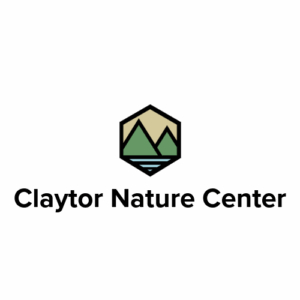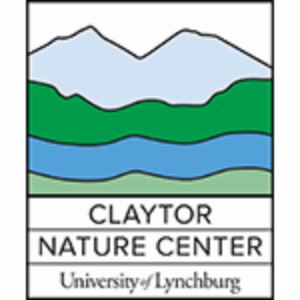Ramsey-Freer Herbarium
April 17, 2023 2025-11-05 14:01Ramsey-Freer Herbarium
Ramsey-Freer Herbarium
The Ramsey-Freer Herbarium, or LYN as designated by Index Herbariorum, is housed in the A. Boyd Claytor III Education and Research Center at University of Lynchburg’s Claytor Nature Center.
The herbarium’s collection of dried, pressed plants is mounted on special paper and cataloged by their taxonomic family. The specimens are housed in special metal cabinets and protected from insects.
The herbarium stores a vast amount of botanical data on the flora of Virginia, the Blue Ridge Parkway, the George Washington and Jefferson National Forests, the James River Face Wilderness, the Thunder Ridge Wilderness, the James River watershed, the Peaks of Otter, the Falling River, Percival’s Island, and the Claytor Nature Center, as well as rare, threatened, and endangered species. The specimens are used for both teaching and research purposes.
Thousands of these specimens are irreplaceable and are the voucher specimens for county and state records. Some also serve as the basis for many publications. The Ramsey-Freer Herbarium is the primary repository for the Blue Ridge Parkway, housing over 4,500 sheets.
Our goals are:
- To serve as a teaching and research tool for the University of Lynchburg.
- To discover information about the plants and vegetation of Virginia.
- To serve as a state and regional resource for cooperative plant research.
- To monitor rare, threatened, and endangered plant populations.
- To identify plants for the general public.
A herbarium is a collection of dried plants. It is also a valuable resource for the study of systematic botany and related fields, serving as a reference center, documentation facility, and data storehouse.
It is a botanical library, museum, history collection, and natural history resource. It represents a source of primary information about explorations and observations, and documents past inquiry into the nature and relationships of plants.
The Ramsey-Freer Herbarium:
- Established in 1927
- Only three curators in its history
- Nearly 60,000 mounted specimens
- Longest-running research effort at the University of Lynchburg
- Second-largest plant collection in Virginia
- Largest among private colleges in Virginia
- Major repository for plants collected along the Blue Ridge Parkway
- Houses specimens over 110 years old
- Contains voucher specimens for the first county and state records
- Maintains a curated botanical library by Drs. Gwen Ramsey, Ruskin Freer, Rosamund Kent Sprague, and A.M. Harvill
Library
The herbarium library comprises approximately 500 volumes of manuals, floras, and keys for identification, nomenclature, and classification, as well as journals, maps, monographs, and revisions.
Current Research
- Vascular Flora of The Peaks of Otter
- Vascular Flora of the Falling River in Campbell County
- Vascular Flora of Percival’s Island
- Flora of the Claytor Nature Center
- Ranunculaceae (Buttercup Family) of Virginia
- Systematic Treatment of the North American Cimicifuga
Publications
Professor Ruskin Freer published approximately 10 journal articles in Claytonia and Castanea. Dr. Gwen Ramsey published approximately 25 papers in Castanea, SIDA, and the Virginia Journal of Science, and co-authored the Atlas of Virginia Flora, often with former students.
Student Involvement
Students have contributed for more than 50 years through projects and research. Biology or environmental science majors can work part-time in the herbarium to gain valuable experience in museum management and administration.
Funding
Support has included funding from the Lynch’s Ferry Authority and contracts with the U.S. Forest Service, Blue Ridge Parkway, and Virginia Nature Conservancy.
Access
Scientists, students, gardeners, and institutions use specimens. Digitization has made approximately half of the collection accessible online, with one-third of the collection containing images.
You may browse the Ramsey-Freer Herbarium’s digital collections through the SERNEC database.
- View a summary of LYN’s digitized collections.
- Search the LYN dataset on SERNEC.
Loans are temporarily on hold, but researchers are welcome to visit and use the herbarium.

